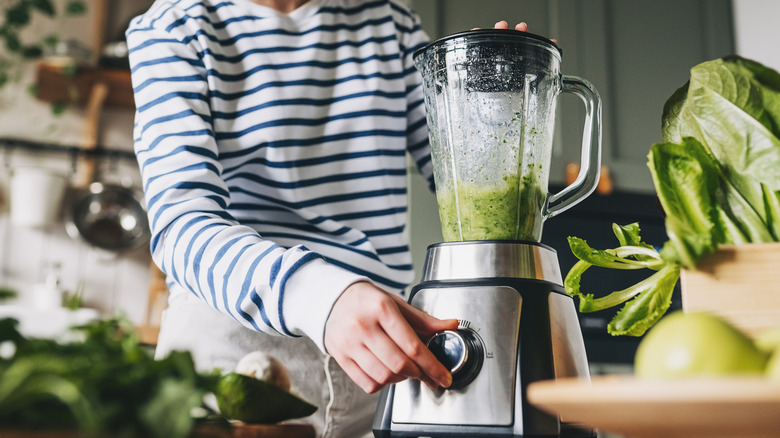Silence Noisy Small Appliances In The Kitchen With A DIY Baffle Box
We may receive a commission on purchases made from links.
Imagine starting your day with a peaceful kitchen routine only to have the calm shattered by the deafening sound of your blender. Or perhaps it's your food processor or coffee grinder drowning out every conversation within earshot. Small kitchen appliances are essential, yes, but their noise can be a real headache, especially in open-concept homes where the sounds echo. This can disrupt family life and be counterproductive if you've incorporated quiet zones to create a peaceful home.
You don't need to throw away your appliances that make such crazy noise, nor find a way to soundproof a room like your kitchen for a quieter and serene atmosphere. The good news is that there is a way for you to enjoy them without the unnecessary noise that could wake up an entire town. You just need a few materials and a short amount of time for a DIY baffle box, an enclosure that is designed to dampen the harsh sounds in your kitchen.
This cost-effective solution reduces the amount of noise and transforms it into manageable background hums. You don't need to get commercial soundproof enclosures, which can be expensive and don't always fit every appliance or space. Making your own is pretty straightforward and affordable, as well as customizable to your needs.
Steps to make a DIY baffle box
Creating your own effective baffle box requires a large container, such as a cardboard box (depending on the space that you have available), a sound-deadening material, acoustic foam panels, and adhesive. A big sheet of Amazon Basics Car Sound Deadener costs $29.51 while a roll of AggSound Universal Sound Deadener sells for $9.99. Meanwhile, a 12-pack FONESO Acoustic Panels goes for $9.95.
Start the process by lining the interior wall of your chosen box with the sound-deadening material, which can absorb low-frequency vibrations and muffle overall noise. These sheets are usually made of stick-on material. Then, attach acoustic foam panels over the sound-deadening material using adhesive. This adds another layer that can break up sound waves and prevent noise from bouncing around inside the box. You can add a second layer of acoustic foam to improve noise reduction if you're dealing with high-powered appliances. You can also cut small holes or slots in the box for power cords to ensure smooth and safe operation without compromising the soundproofing.
Make sure, though, that you follow precautions when using your DIY baffle box. There should be enough ventilation to prevent overheating since small appliances like blenders and mixers can overheat if airflow is restricted. You may also want to monitor the appliance during use to ensure it doesn't move excessively or generate too much heat. This simple DIY project can definitely help reclaim the peaceful mornings of your kitchen without sacrificing the utility of your small appliances. No more buzzing that will wake up the entire house. Your family is going to thank you for making your home noise-free.
